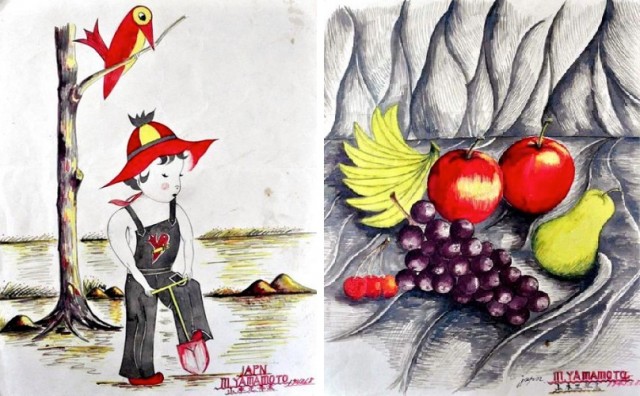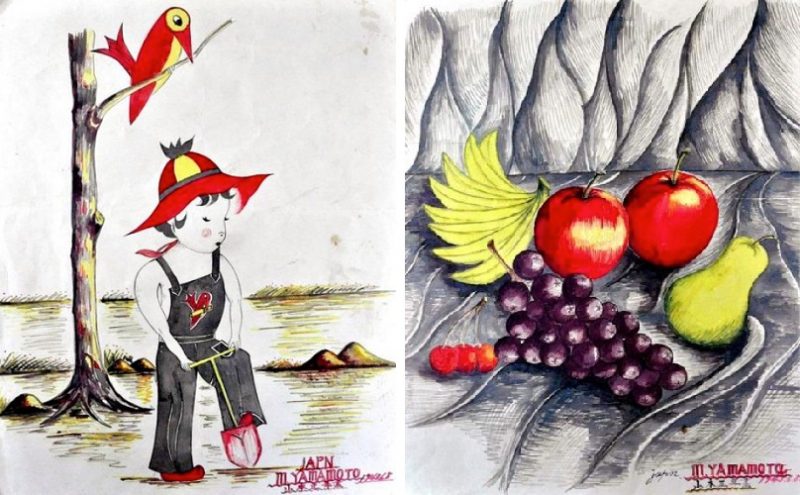
Australian comes out with the paintings made by a Japanese WWII POW hoping that publicizing the story will help locate his family and return the paintings to them.
Sydney resident Pat Tatham has in her possession four paintings – two still-lifes of fruits and other subjects, a picture of a girl and a movie poster – made Japanese prisoner of war held in Australia during the Second World War.
The said paintings were made by a Japanese soldier working as an orderly at the Cowra POW Camp and given to her uncle, John Tyres. John, in return, gave them to Tatham’s mother.
After the death of her mother, Pat Tatham kept the paintings in her home and forgotten. They were later found by her husband as he was cleaning through their house. Both reached a mutual decision to locate the family of the Japanese POW who painted the said artworks so that they can return the art pieces.
“My husband, whom I agree with, decided that it would be a great idea if we could return them to the family,” Pat Tatham said.
Based on her account, she was just a small girl when her uncle gave the paintings to her mother. Her uncle described them saying that in making them, the Japanese painter was “not given anything to make or paint with”. He had to make do of the darker inks -blue and red – available and had to crush malaria tablets for the yellow tint in his paintings.
Tatham made the effort to find the painter of the paintings through the signature he left at the bottom of his artworks – it read “M. Yamamoto”. She believes the paintings were either dated June 8 or 10, 1943.
Nevertheless, Tatham is not sure if “M. Yamamoto” really did exist as Japanese prisoners of war were known for using false names due to the shame they felt at being caught.
A certain Masatoshi Yamamoto did turn out in an aged WWII military document found in the National Archives of Australia. The said document also gave detailed information about this said Japanese soldier – it listed his date of birth as May 1, 1916; he was a a local of Wada, Tsukamoto-cho, hata county in the Prefecture of Kochi and placed Buddhism as his religion.
The document also mentioned that Yamamoto was a soldier belonging to The Imperial Japanese Army’s 144th infantry regiment. he was caught in New Guinea on January 22, 1943 and was moved to Cowra. He was set freed and returned to his home country on March 7, 1946.
Tatham recognizes the challenge finding Yamamoto’s family presents.
“It was such a long time ago, but it would be nice if we could find the family and return them [the paintings],” she said.
